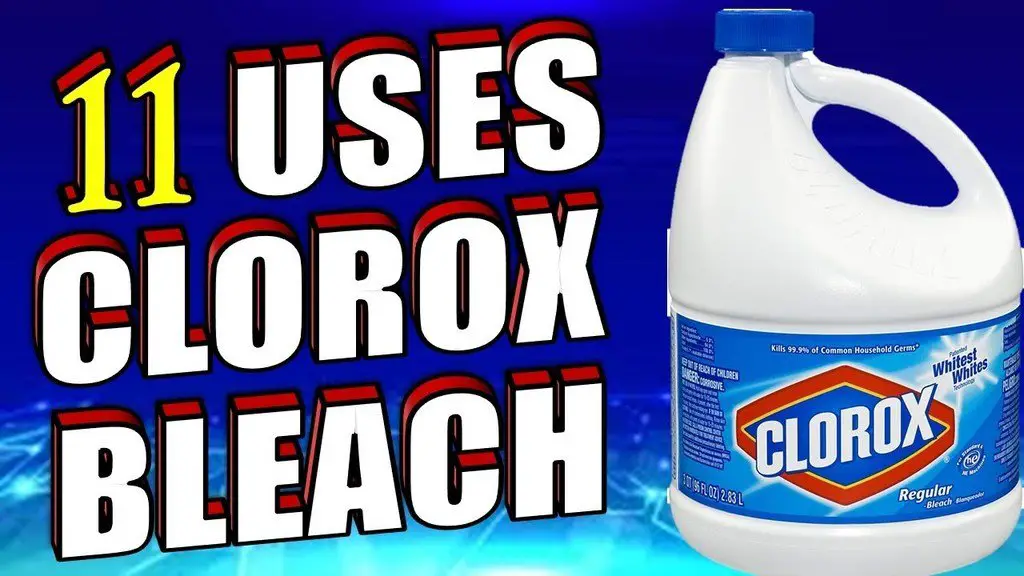Whether you’re already an avid housewife or househusband, or you’re ready to up your cleaning game, Clorox bleach is an absolute household essential. Bleach does a fantastic job of removing stains, and can even whiten clothing and certain other fabrics.
Knowing how to use Clorox bleach properly will help you get the most out of your cleaning chores, and – dare we say it – maybe even enjoy them.
Bleach isn’t actually a cleaner; it’s a disinfectant. That’s why we commonly use it in our toilets to kill bacteria, but not necessarily to remove a stain in the sink.
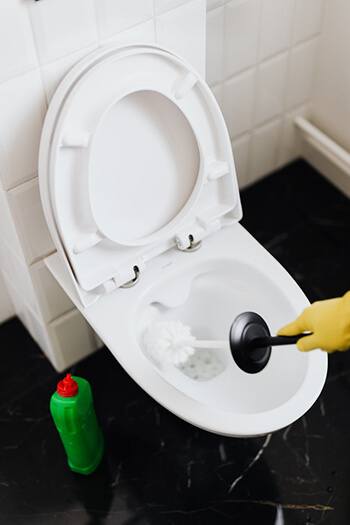
For a number of household cleaning jobs, Clorox bleach isn’t the right formula for the task. Being certain of when to use bleach, and when to stick with something else, is the key to carrying out the safest cleaning practices in your home.
To make bleach safe for cleaning, no matter what you’re using it on, you should normally always dilute it first. To do this, add a few drops of bleach to an empty spritzer bottle and top up with water. You won’t need a lot of bleach – around 1 part bleach to 10 parts water should do the job.
Clorox bleach for homes
Clorox bleach is a type of bleach that’s popular for home cleaning. There are a number of different Clorox bleach formulas available, depending on the job you want to do, but they all essentially do the same thing. Stay tuned to learn more about the different uses of Clorox bleach and pick up a few tricks to try out yourself.
1. Whiten your laundry
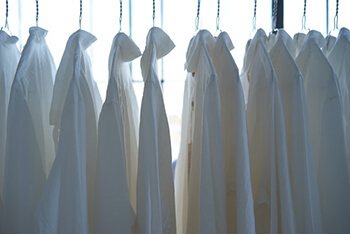
If you don’t like the way white bedding and t-shirts fade to a dull grey in the washing machine, try using Clorox bleach to keep them pearly white for longer. To whiten your duvet covers, bedsheets, and other white fabrics, set your washer to the hottest water setting and let them soak in a solution of 1 cup of Clorox Regular-Bleach. Make sure the fabric is fully submerged and leave it to soak for at least 5 minutes.
Next, transfer the materials to hot water, using detergent and roughly half a cup of the same Clorox Regular-Bleach. If your laundry machine doesn’t have its own bleach dispenser, you’ll need to add water and bleach to the tank before you add your items. This will ensure your sheets and other fabrics come out looking equally white all over.
2. Clean out your washing machine
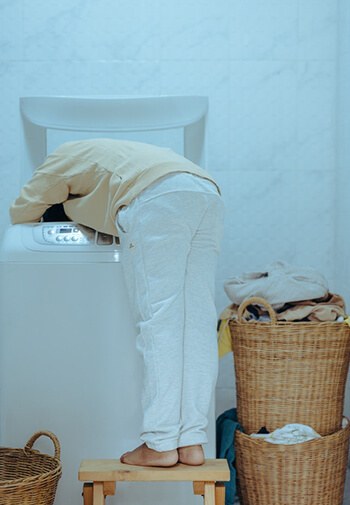
That’s right, Clorox bleach can be used for more than just whitening your laundry – it’s also there to give your hard-working laundry machine a bit of much-needed TLC. Just as preparing your food on a dirty worktop would contaminate it, washing your laundry in a dirty washing machine has the potential to make it dirtier.
Cleaning out your washing machine doesn’t require the intensity of a toilet deep clean. If you’re short on time, simply add a couple of cups of Clorox bleach to the water in your washing machine and run it through on the hottest temperature cycle without any laundry. This will be enough to keep your washer clean, disinfected, and smelling fresh, helping you get more out of every wash.
3. Freshen flowers
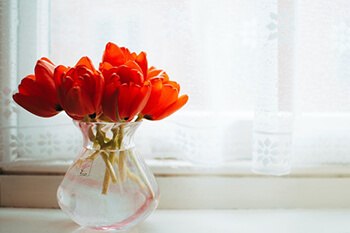
Everyone loves flowers, but a bunch of fresh blooms can only retain their smell and appearance with a bit of regular maintenance. All flowers are destined to wilt in the end, but the way you handle them can make the difference between them lasting for two days or two weeks.
4. Clean plastic lawn furniture
The problem with any outdoor furniture is that despite being on top form when you buy it, it only takes a couple of weeks of being exposed to the elements for it to fade, collect dirt, or even worse, take on a mouldy, mildewy slime.
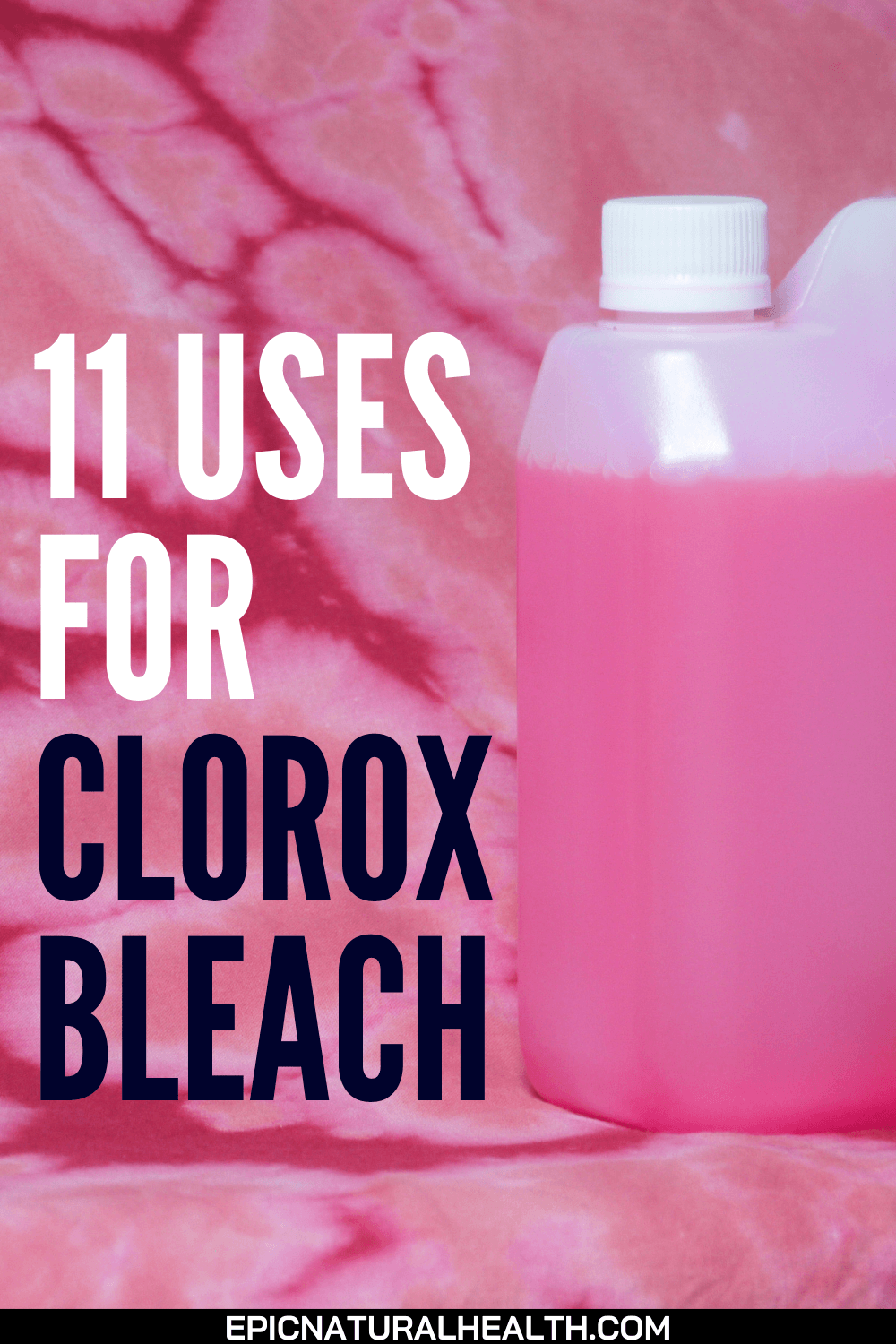
5. Whiten tile grout
It’s a little bit horrifying just how quickly bathroom grout can darken. Even if you don’t personally touch areas like behind your toilet or above your door, they seem to get dull and dirty in a matter of weeks. Endless scrubbing doesn’t seem to do the trick – if anything, this appears to make the stains return worse than ever.
The simplest way to banish the darkness in your grout is to use Clorox bleach. Remember that bleach is much loved for its laundry whitening abilities, and it’s no different in your bathroom.
Mix 3 parts of pure bleach with 7 parts of water for a more concentrated solution. Then spray the mix onto your tiles and let it sit for a few minutes before scrubbing the grout with an old toothbrush. Rinse with fresh water, and you should be left with shiny, new-looking tiles once more.
- 3 IN 1 CLEANER: Clorox Clean-Up Multi-Surface Cleaner with Bleach disinfects (1), cleans and removes 99% of allergens (2), giving you the power of bleach in an everyday cleaner; package may vary
- POWERFUL CLEAN: This everyday cleaner tackles common messes like dirt, grease and food stains, eliminating the toughest stains the first time with no scrubbing required
- MULTI SURFACE CLEAN: Use Clorox Clean-Up on a variety of surfaces like stainless steel, glazed ceramic, sealed granite, glazed porcelain, enamel and fiberglass; avoid prolonged contact with porcelain
- KILLS 99.9% OF GERMS (1): Protect your home especially during cold season with this disinfectant spray that kills 99.9% of bacteria and viruses (1) found in the home
- BLEACH FREE DISINFECTANT: Clorox Disinfecting All Purpose Cleaner is formulated without bleach, but doesn’t compromise the cleaning power you need in your home
- ALL PURPOSE CLEANER: This Clorox disinfectant is great for everyday use and effectively cleans messes, including grease, grime and soap scum
- BATHROOM CLEANER: Make your bathroom sparkle with Clorox Disinfecting Bathroom Cleaner in a spray bottle that cleans and disinfects sinks, toilet exteriors and showers
- KILLS 99.9% OF BACTERIA AND VIRUSES: These Clorox disinfecting cleaners kill 99.9% of bacteria and viruses* and are proven to kill the COVID-19 virus*
- BLEACH: Clorox Germicidal Bleach can be used for disinfecting, sanitizing, deodorizing, and removes mold and mildew on hard non-porous surfaces; Packaging may vary
- DISINFECTANT: EPA registered to kill more than 70 pathogens; meets EPA criteria for use against SARS-CoV-2, the virus that causes COVID-19, on hard non-porous surfaces.
- DEODORIZER: Germicidal bleach eliminates odor causing bacteria and helps remove mold and mildew as it disinfects; kills 99.9% of bacteria and viruses including Norovirus, E. coli and Salmonella
- LAUNDRY STAIN REMOVER: Clorox Germicidal Bleach fights tough stains including grass, juice, dirt and blood on white clothes and can be used in standard and high efficiency washing machines
6. Clean porcelain sinks and dishes
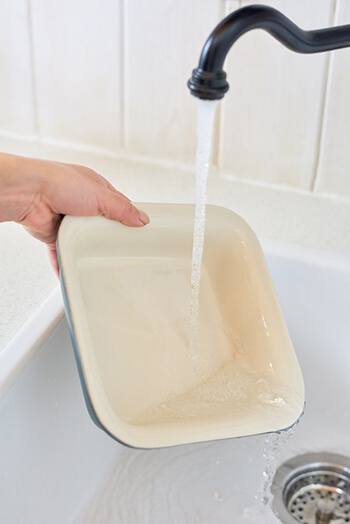
If you’re not sure where on the scale of “dull” to “clean” your porcelain sink, toilet, or dishes fall, type in “clean porcelain” on Google and take a look at the before and after pictures. Hint: you’ll probably need to get cleaning if your appliances look more like a “before” appliance in the images you find.
Let’s look at how to clean bathroom appliances, to begin with. Remember that Clorox bleach is a disinfectant, not a cleaner, so first scrub your sink or toilet with a sponge and a mild dish soap to remove any stains. Next, spray your sink with a diluted bleach water mix and let it sit for 5 minutes before wiping down and rinsing thoroughly.
For cleaning your porcelain plates, pile your plates in the sink, separated by several pieces of undiluted bleach-soaked kitchen towel. Leave for up to 15 minutes before removing the towels, rinsing your plates, and hand-drying them with a tea towel.
7. Remove bathroom mould
One of the biggest challenges to the average homeowner is mould. You’d think that in this day and age, we’d have discovered a way to build houses that were entirely mould-free, but no such luck. Instead, you’ve probably resorted to all sorts of mould killing solutions, from home remedies like hairspray to expensive anti-mould products that make promises they can’t keep.
The best way to keep on top of mould is to clean it little and often. Regularly wiping your mould-prone surfaces is an effective method of mould removal, whether your mould is orange, pink, black, furry, three-dimensional… you get the idea. Just spray the affected area with a diluted Clorox bleach mix and let it sit for five minutes before scrubbing clean, rinsing with water, and drying thoroughly.
8. Sterilize second-hand items
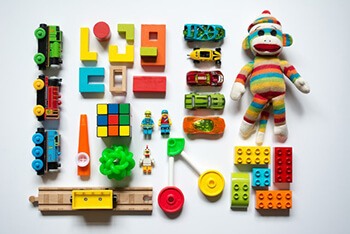
Everyone loves a jumble sale bargain or a charity shop steal, but there’s no knowing where something has been before it reaches your hands. If you want to make things safe for use – especially if they’re plastic children’s toys or items of jewellery – you should always sterilise them thoroughly first.
There are a number of different methods of sterilising second-hand items, but Clorox bleach is a particular household favourite. Just make sure the item is waterproof before bleaching it.
Combine a mixture of 2 parts bleach and 10 parts water and a couple of drops of dishwasher. Then soak your items in the solution and leave them for up to 10 minutes. Remove and wash well with water, before leaving in a warm, sunny place to dry.
9. Clean a toilet
Is there anything more shudder-worthy than a dirty toilet? Not only is toilet grime a visual turn-off, it’s also a sign that there are most likely hidden micro-organisms unseen to the eye that are lurking silently inside your toilet bowl. Cleaning these with a standard bathroom cleaner just won’t do the job, even if it gets rid of the visible stains.
Clorox bleach is one of the best sterilisers for toilet cleaning. Add a cup of undiluted bleach straight to your toilet bowl and scrub with a toilet brush.
Then let the bleach stand for up to 10 minutes before flushing your toilet. Try to repeat this several times a week to keep your toilet looking and smelling fresh.
10. Add shine and sparkle to glassware
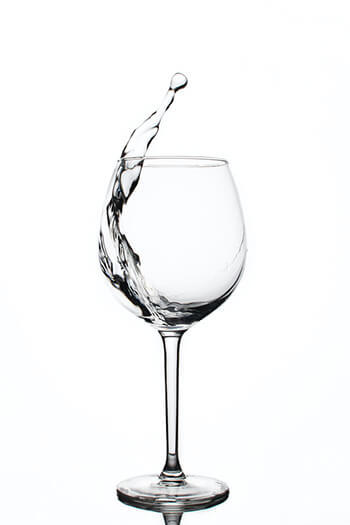
For those of us who aren’t fortunate enough to own a water softener, the hard water deposits left by calcium on our glassware is a never-ending issue. It’s difficult to ever achieve a shiny, sparkling surface on glassware, because even when it’s been thoroughly washed in a dishwasher, the minerals in the washing water leave glass looking milky and cloudy.
Luckily, you don’t need to resort to splashing out on a water softener for your home to add the shine back to your glassware. Simply add a teaspoon of Clorox bleach to your dishwasher and let it work its magic. If you don’t have a dishwasher, just soak your glasses in a solution of one part bleach to four parts water for up to 10 minutes. Remove, rinse well, and marvel at the results.
11. Disinfect wooden cutting boards
Wooden cutting boards are far nicer to look at than flimsy plastic types, but with wood being a porous material, you’d be right to be concerned about the bacteria and other harmful pathogens that might make their way under the surface. While regularly washing your chopping board in the sink will go some way to help, your standard dish soap won’t give the same deep clean as Clorox bleach.
To disinfect your wooden cutting board the right way, mix a tablespoon of Clorox Regular-Bleach with half a gallon of water and apply the solution straight onto the surface of the board. Let it soak in for at least 2 minutes before washing and rinsing off with warm water.
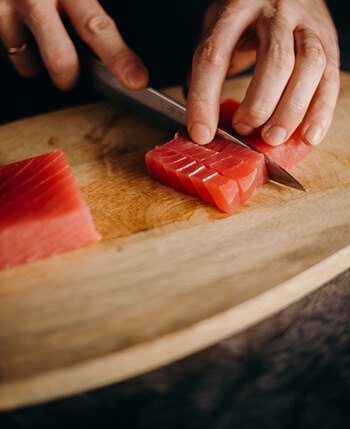
Conclusion
So there you have it: Clorox bleach can be used for far more than cleaning your laundry. It actually has a multitude of potential uses in and around your home and costs virtually nothing. Bleach is a safe way to remove stains, kill germs, and deodorize containers. For safety’s sake, make sure to keep bleach in a high, childproof cabinet. Store it away from other household chemicals, particularly ammonia, as the combination can be toxic. You can purchase Clorox here
It’s worth noting that bleach can be toxic to every living being and our environment, so it’s really important that you always use it with care. Don’t directly inhale bleach fumes, and always make sure your home is well ventilated when you’re cleaning with it. If you’re not sure whether bleach is a suitable cleaning solution for a particular household chore, stay on the safe side and just don’t use it.

